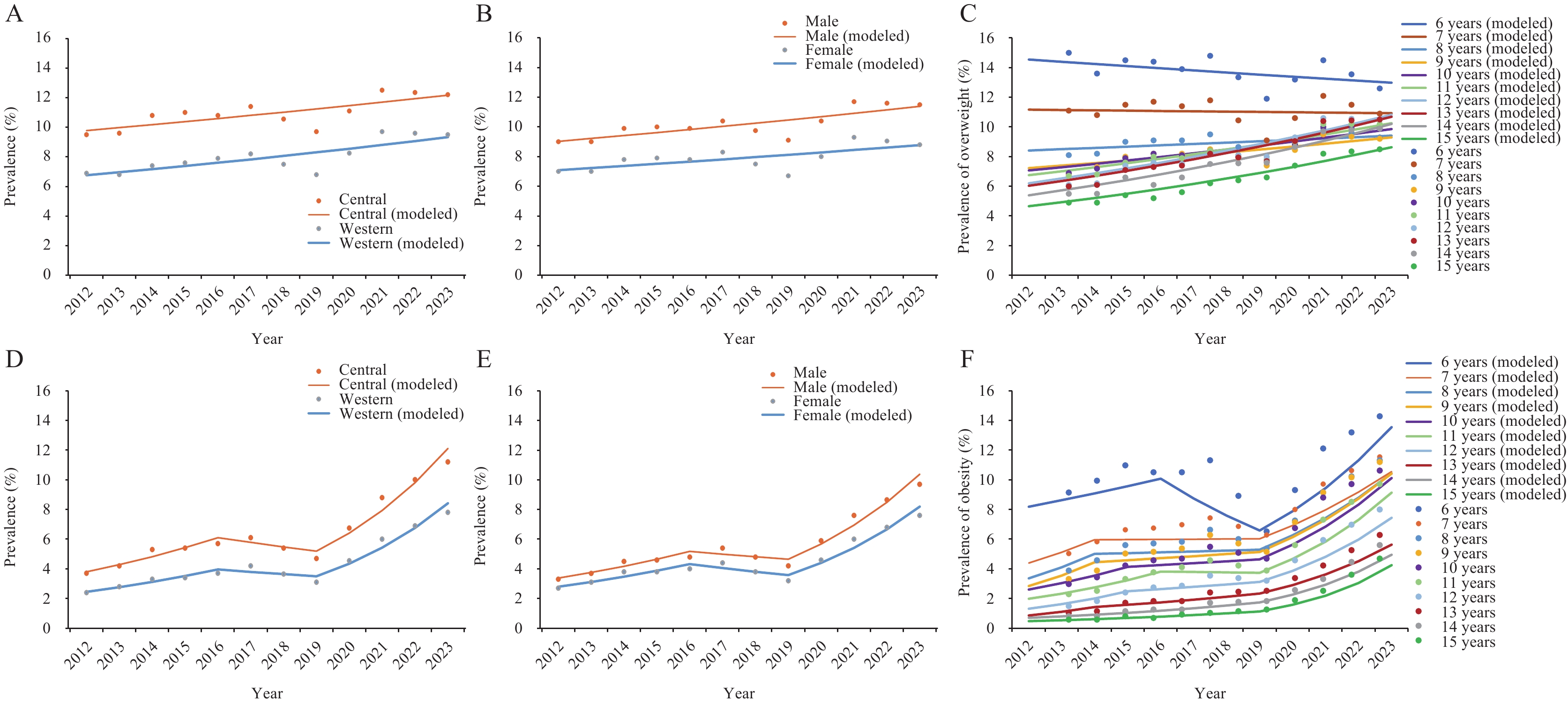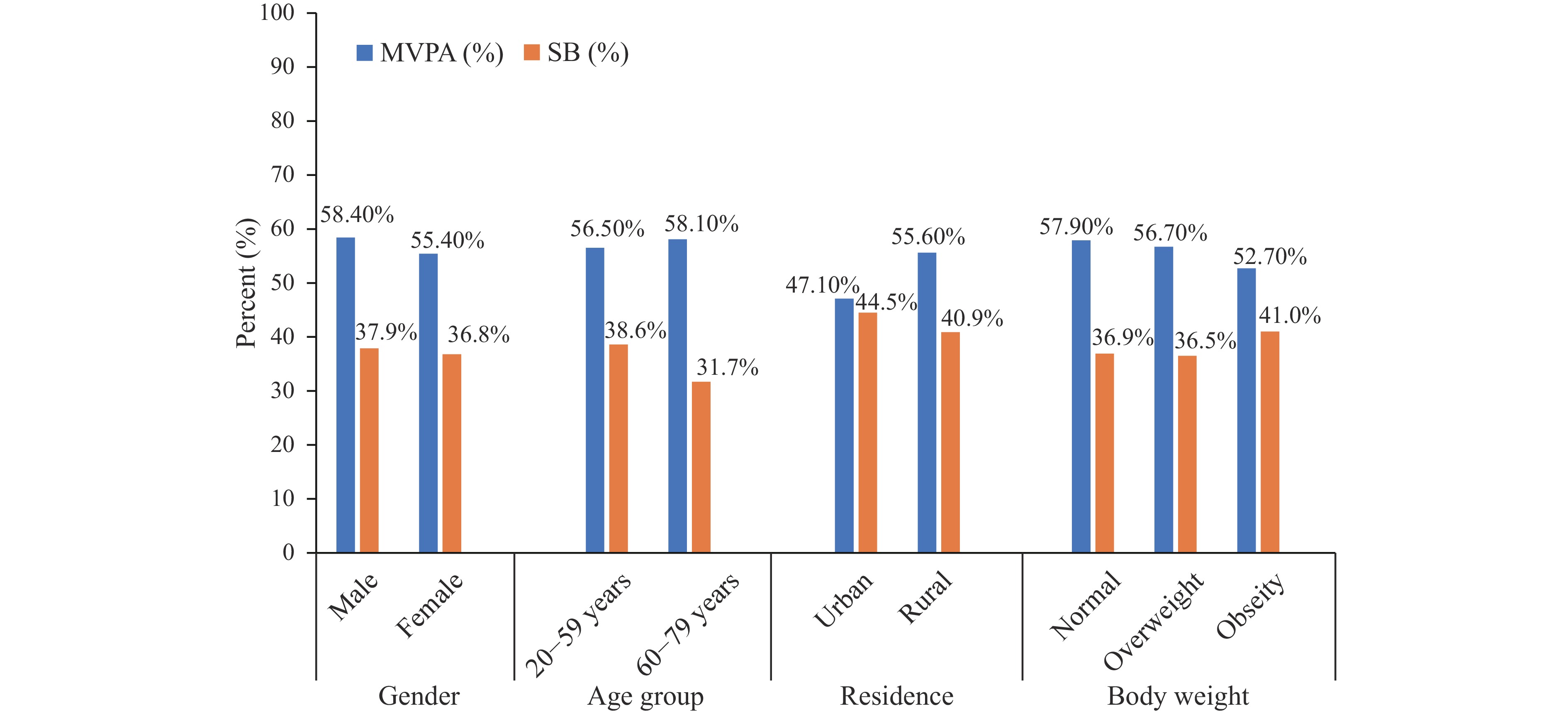2025 Vol. 7, No. 1
The Chinese Nutrition and Health Surveillance in 2015–2017 reported that among adults aged 18–59 years, the average daily intake was 328.3 mg of calcium, 251.8 mg of magnesium, 5,681.4 mg of sodium, and 1,474.1 mg of potassium. For adults aged 60 years and above, the corresponding intakes were 333.2 mg, 242.5 mg, 5,412.1 mg, and 1,392.6 mg per day, respectively.
Based on the China Development and Nutrition Health Impact Cohort Survey (2022–2023) across 10 provincial-level administrative divisions (PLADs), the median daily intakes among Chinese adults were calcium (288.3 mg), magnesium (228.9 mg), sodium (4,182.4 mg), and potassium (1,397.6 mg), with a median Na/K ratio of 3.0. The study revealed that 96.1% of adults had calcium intake below the estimated average requirement (EAR), 64.4% had magnesium intake below the EAR, 81.9% had potassium intake below the adequate intake (AI), and 89.4% had sodium intake above the PI-NCD. Urban residents demonstrated generally better macroelement intake patterns compared to rural residents.
There is an urgent need for effective policies and interventions to enhance diet quality through increased consumption of dairy products, fruits, and vegetables, thereby improving calcium, magnesium, and potassium intake while reducing sodium intake and the sodium-to-potassium ratio among Chinese adults. Priority should be given to improving the nutritional status of rural residents and reducing urban-rural disparities.
The prevalence of insufficient physical activity (PA) among Chinese adults has shown an upward trend, reaching 22.3% in 2018. Leisure time PA (LTPA) constitutes a minimal proportion of total physical activity patterns.
The adherence rate to Physical activity guidelines (PAGs) was 85.7%. While occupational PA remained the predominant form of physical activity, its proportion has decreased. LTPA has emerged from its historically lowest position among activity types. Screen-based activities now constitute the primary form of sedentary behavior.
Strategic interventions are needed to promote LTPA by addressing urban-rural disparities in sports facility access and increasing public venue availability. Additionally, targeted initiatives are required to reduce sedentary time, particularly among young people and urban residents, while maintaining engagement in LTPA.
Childhood overweight and obesity pose significant risks to physical and mental health. The Nutrition Improvement Programme for Rural Compulsory Education Students (NIPRCES) has demonstrated effectiveness in reducing malnutrition.
From 2012 to 2023, obesity prevalence increased more rapidly (AAPC=10.6%) than overweight prevalence (AAPC=2.0%) among children aged 6–15 years in central and western rural China. A quicker increase in the trends of overweight and obesity was observed in rural western China (AAPC for overweight=3.0%, AAPC for obesity=11.8%), among males (AAPC for overweight=2.1%, AAPC for obesity=10.8%). Additionally, while the prevalence of overweight/obesity was lower in older age groups of children, these cohorts showed more rapid increases.
Continuous monitoring of prevalence and implementation of targeted interventions are essential to prevent and control the expansion of overweight and obesity.
Physical activity (PA) and sedentary behavior (SB) are crucial determinants of both physical and mental health outcomes. However, large-scale studies using objective measurements of these behaviors have not been widely implemented across China.
Based on World Health Organization guidelines, 56.8% of participants met the recommendation for moderate-to-vigorous physical activity (MVPA) by accumulating more than 150 minutes per week. Additionally, 37.3% adhered to the SB guideline of less than 8 hours per day. However, only 2.7% of adults achieved compliance with both MVPA and SB recommendations simultaneously.
This study provides novel insights into PA levels and SB patterns among Chinese adults using waist-mounted accelerometry. The observed trends of insufficient PA and excessive SB in this multi-provincial sample emphasize the urgent need for targeted interventions to promote physical activity and reduce sedentary time to foster healthier lifestyle behaviors.
Public health laboratories (PHLs) are critical for effectively identifying, detecting, preventing, and responding to emerging and reemerging infectious diseases. Following the 2014 Ebola outbreak, Sierra Leone implemented a national laboratory strategic plan (2015–2020) aimed at creating, strengthening, and maintaining laboratory capacities for detecting, assessing, notifying, and reporting incidents, with a requirement to review PHL capabilities every five years.
This study assessed the comprehensive capacity and personnel status of PHLs in Sierra Leone using a standardized assessment tool following the implementation of the 2015 National Laboratory Strategic Plan. Among 11 indicators evaluated, laboratory infrastructure and equipment, data and information management, experimental technical training, and laboratory performance received low scores. The assessment revealed critical personnel gaps, including limited staff with extensive work experience and advanced education. Additionally, laboratory staff demonstrated limited capabilities in specialized areas such as gene library creation, primer design, sequencing, surveillance, and field epidemiology and laboratory-related training.
Continued investment and capacity building are essential for PHLs to deliver high-quality testing services and effectively support public health functions. The identified gaps across various indicators must be systematically addressed to strengthen PHL capacity in Sierra Leone.
Since 2016, the Chinese Center for Disease Control and Prevention has continued to conduct project to assist Sierra Leone in improving its public health capacity and building a laboratory for bacteriological and parasitic diseases. Firstly, we can understand the epidemiological characteristics, etiological characteristics and drug resistance of important infectious diseases in Africa through this project, and provide services and guarantees for the construction of the Belt and Road Initiative. Secondly, the project is to carry out scientific research cooperation on the monitoring and detection capacity of major infectious diseases, biosecurity, and prevention and control technologies for important infectious diseases. Thirdly, in order to implement the concept of “building a community with a shared future for mankind”, it is important to improve the capacity of Sierra Leone and West Africa to prevent and control infectious diseases, maintain global health security, and participate in global health governance. This article reviews the implementation of the project, and summarizes the experience and shortcomings, in order to help readers achieve better results in future project practice.



 Subscribe for E-mail Alerts
Subscribe for E-mail Alerts CCDC Weekly RSS Feed
CCDC Weekly RSS Feed



